Old-school muscle-bound cars often make incredible collectibles. They can make you feel nostalgic and grab admiring eyeballs. However, age and rareness are only sometimes enough to give you value for money when it comes to classic cars.
We have researched various online forums to develop a list of 12 classic cars that are not worth your hard-earned money.
Chevrolet Vega
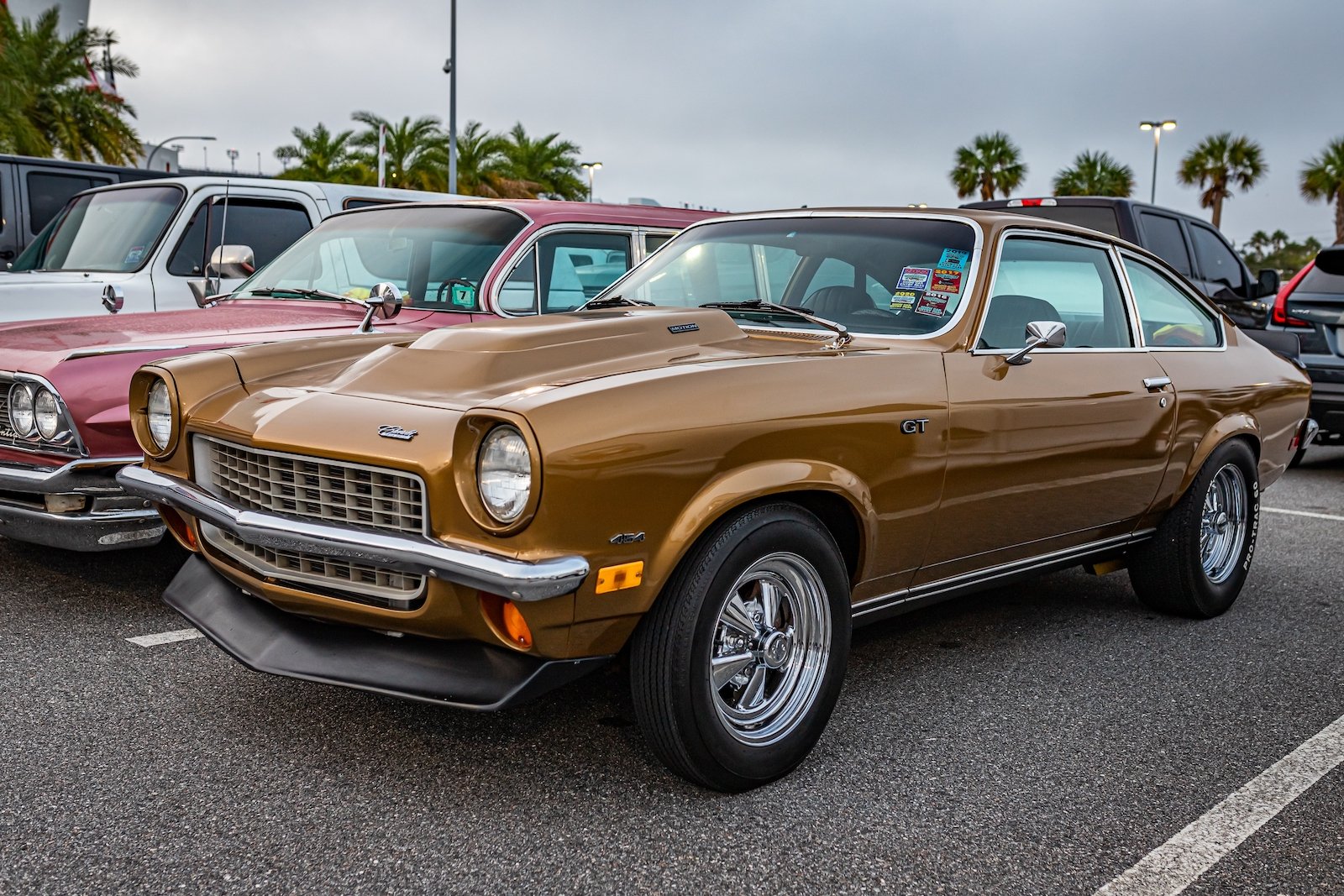
The Chevrolet Vega has often been the target of harsh criticism from car connoisseurs. It was meant to be General Motors’s revolutionary launch, a compact car cheaper than the Volkswagen Beetle. However, things didn’t turn out great.
Known as one of the worst cars by General Motors, it is infamous for its problematic engine, susceptible to melting. It is also remembered for its gas tank, which would often catch fire. Many dealers had reported the car to have a rusting issue.
AMC Pacer
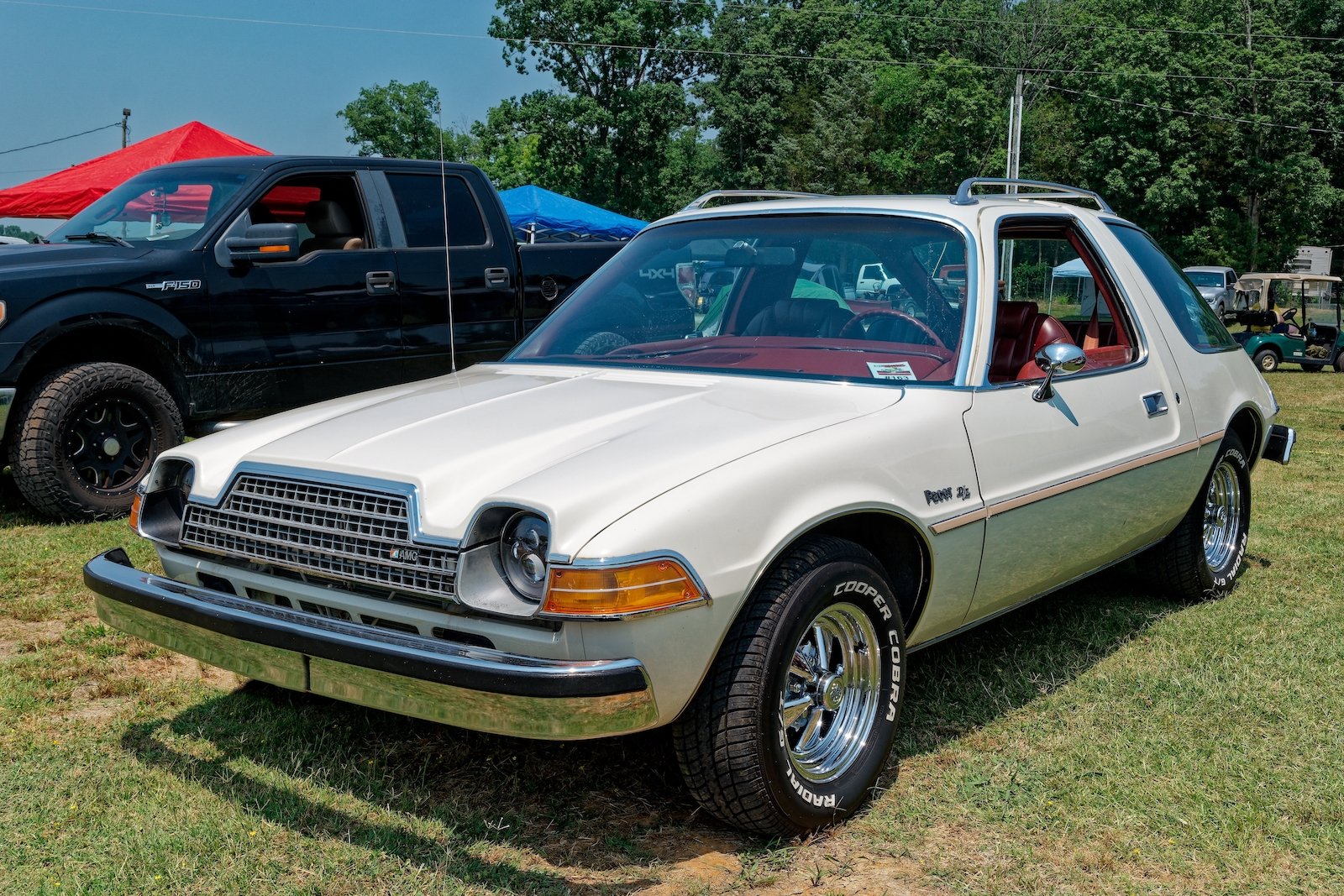
A legendary crossover between compact and luxury cars, the AMC Pacer quickly flopped in the market. Its initial popularity waned due to its poor fuel efficiency, mainly due to its clumsy weight of about 3,000 lbs.
The Pacer might be a rare and beautifully designed car for your collection. However, we advise you against buying it because the huge six-cylinder engine could damage the steering. This classic car with serious performance issues is not worth it.
Pontiac Fiero
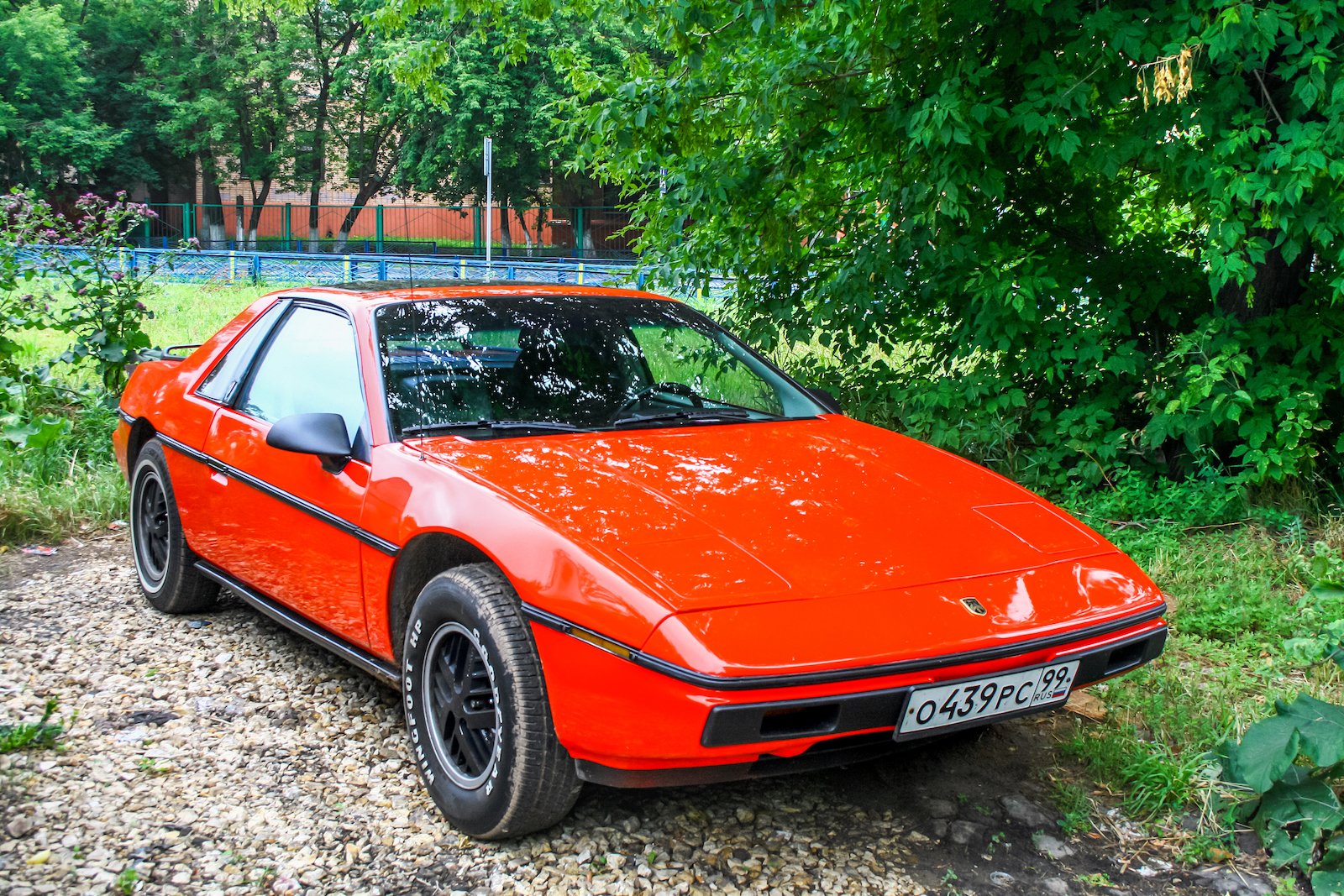
This vintage mid-engine sports car was a good choice for sports car enthusiasts with a tight budget. Despite being chosen as the official pace car for the Indianapolis 500 in 1984, it went out of production in 1988.
Engine fire complaints, among other reliability concerns, contributed to the downfall of this two-seater, which was tragically marketed as a commuter car. Steer clear of this classic car with serious performance concerns.
Chevrolet Camaro

The Chevrolet Camaro by General Motors is an iconic car. Although the 3rd generation Camaros from 1982 to 1992 are rare vintage cars considered classics by several collectors, they are highly unreliable.
According to the owners, the car has serious engine issues and interior concerns like the troublesome airbag inflators. These reliability concerns make the 3rd generation Chevy Camaro a wrong purchase for a collector.
Cadillac Cimarron

Cadillac is a trusted name when it comes to luxury cars. However, with a 1.8-liter four-cylinder engine, which was underpowered for a luxury vehicle, the Cadillac Cimarron is one of the worst cars by the brand.
This infamous Caddy has made its way to renowned automotive journalist Dan Neil’s list of all-time worst cars. Despite being marketed as a luxury car, Cimarron didn’t offer the quality expected from a Cadillac, undermining its value.
MG Midget
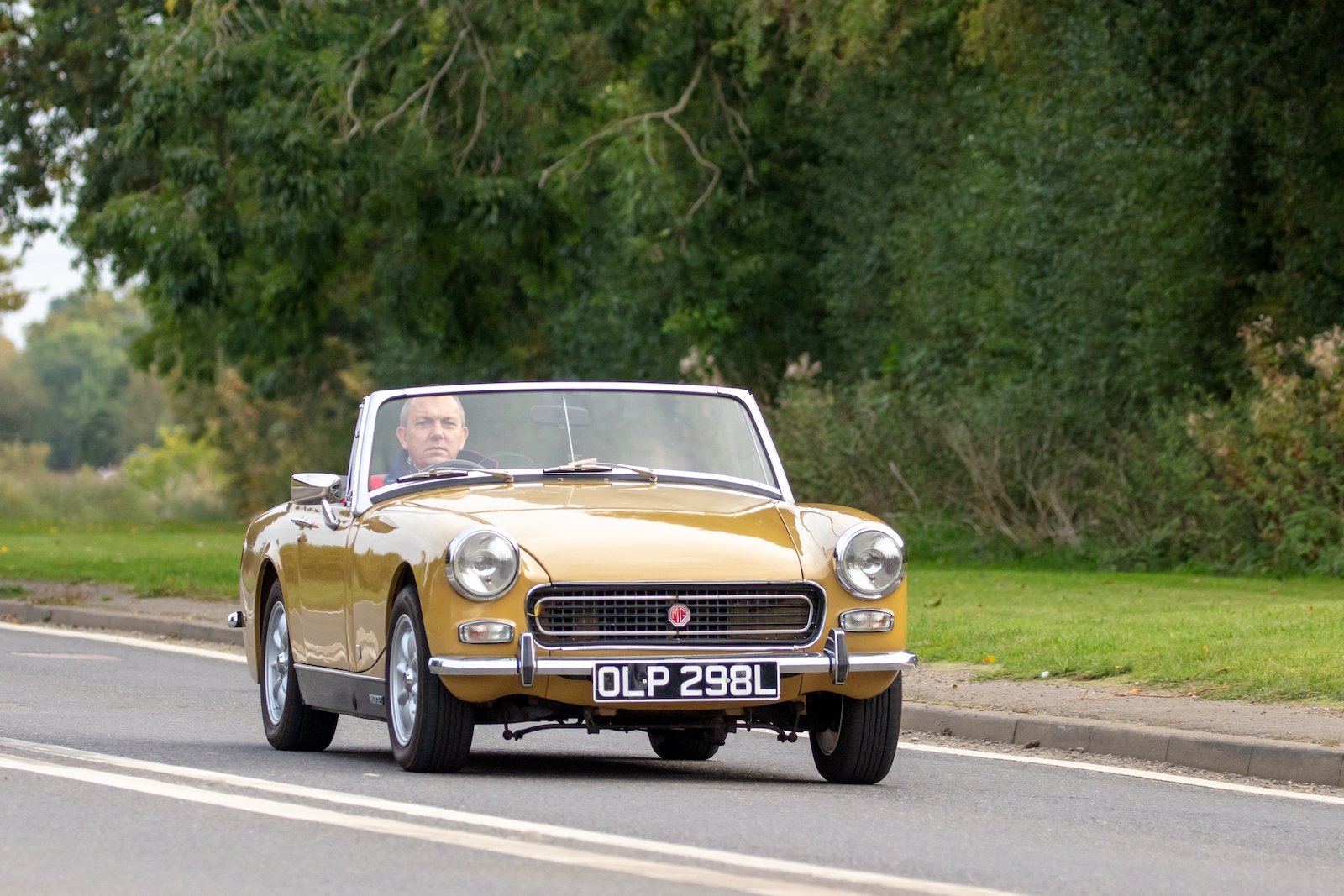
Produced between 1961 and 1980, the MG Midget is a classic car that collectors should avoid for several reasons. The MG Midget demands intensive maintenance, and finding replacement parts can be challenging and expensive.
The Midget’s engines, particularly the earlier A-series engines, could be prone to overheating. While beloved by many for its charm and driving experience, this British car is prone to rust, especially in the body panels and chassis.
Ford Mustang II
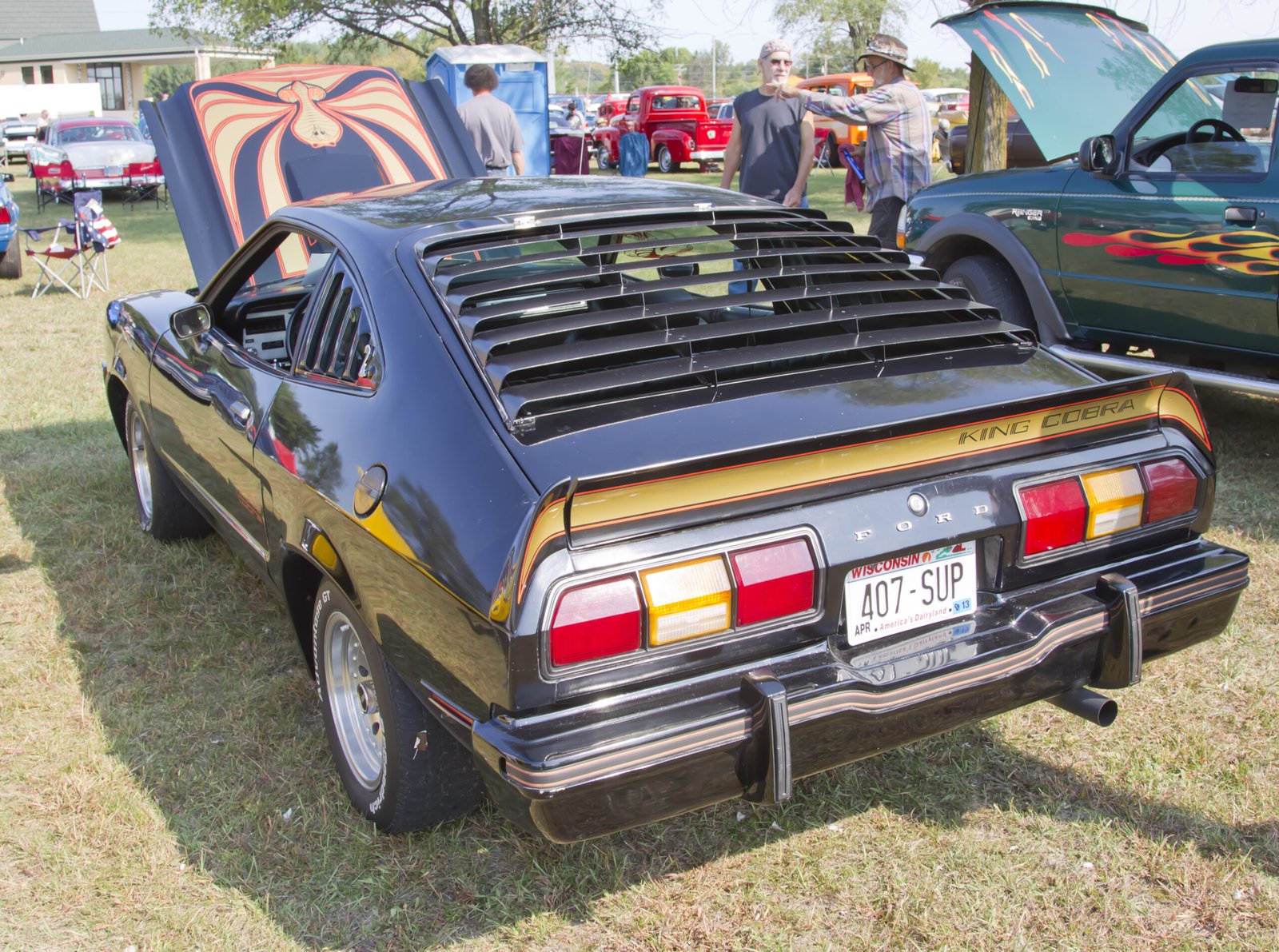
The Mustang II was launched by Ford when the American auto industry was struggling with quality control issues. It is remembered for a horde of mechanical problems concerning suspension, steering, and brakes. Its repairing costs often went upwards of $2,000.
Produced from 1974 to 1978, these cars had underpowered engines and were prone to rust like many other cars from the 1970s. Their electrical problems could be frustrating for owners and sometimes challenging to diagnose and repair.
Ford Pinto
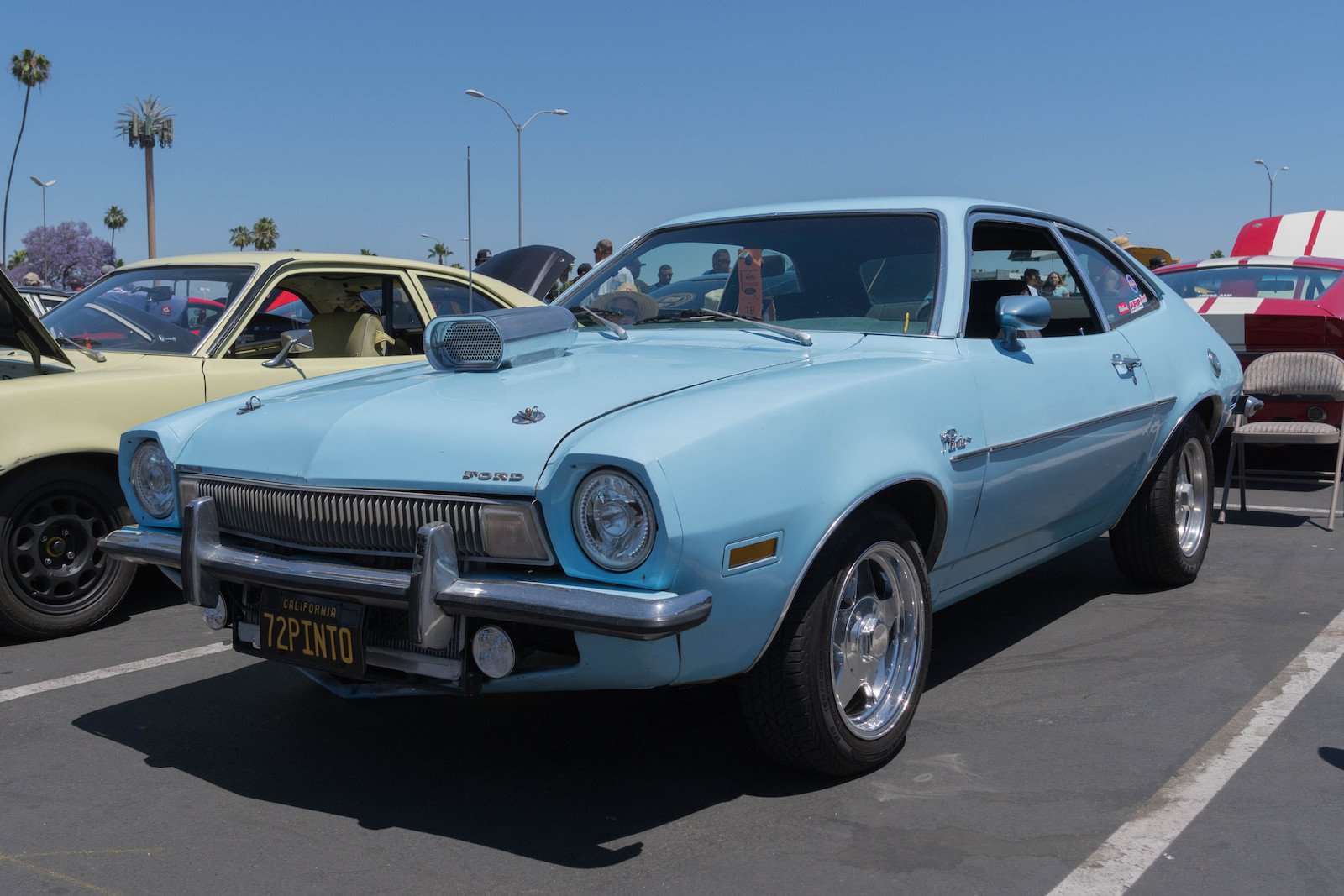
The Pinto is one of Ford’s most infamous cars with a notorious safety record. These cars were produced from 1971 to 1980 and are considered classics. However, significant safety issues damaged their reputation and led to numerous lawsuits and recalls.
Their initial engines were prone to overheating, oil leaks, and other failures. The timing belt on the 2.3-liter engine was reported to break, leading to engine damage. These factors contributed to its reputation as an unreliable vehicle.
AMC Concord

While old and quirky AMC cars are becoming more popular, the Concord has a particularly negative reception. These cars were poorly built, leading to multiple issues such as poor fit and finish, rattles, and squeaks.
Moreover, since AMC was a smaller manufacturer that eventually went out of business, finding replacement parts for the Concord could be challenging. This makes repairs more difficult and expensive, contributing to the perception of unreliability.
Triumph Stag
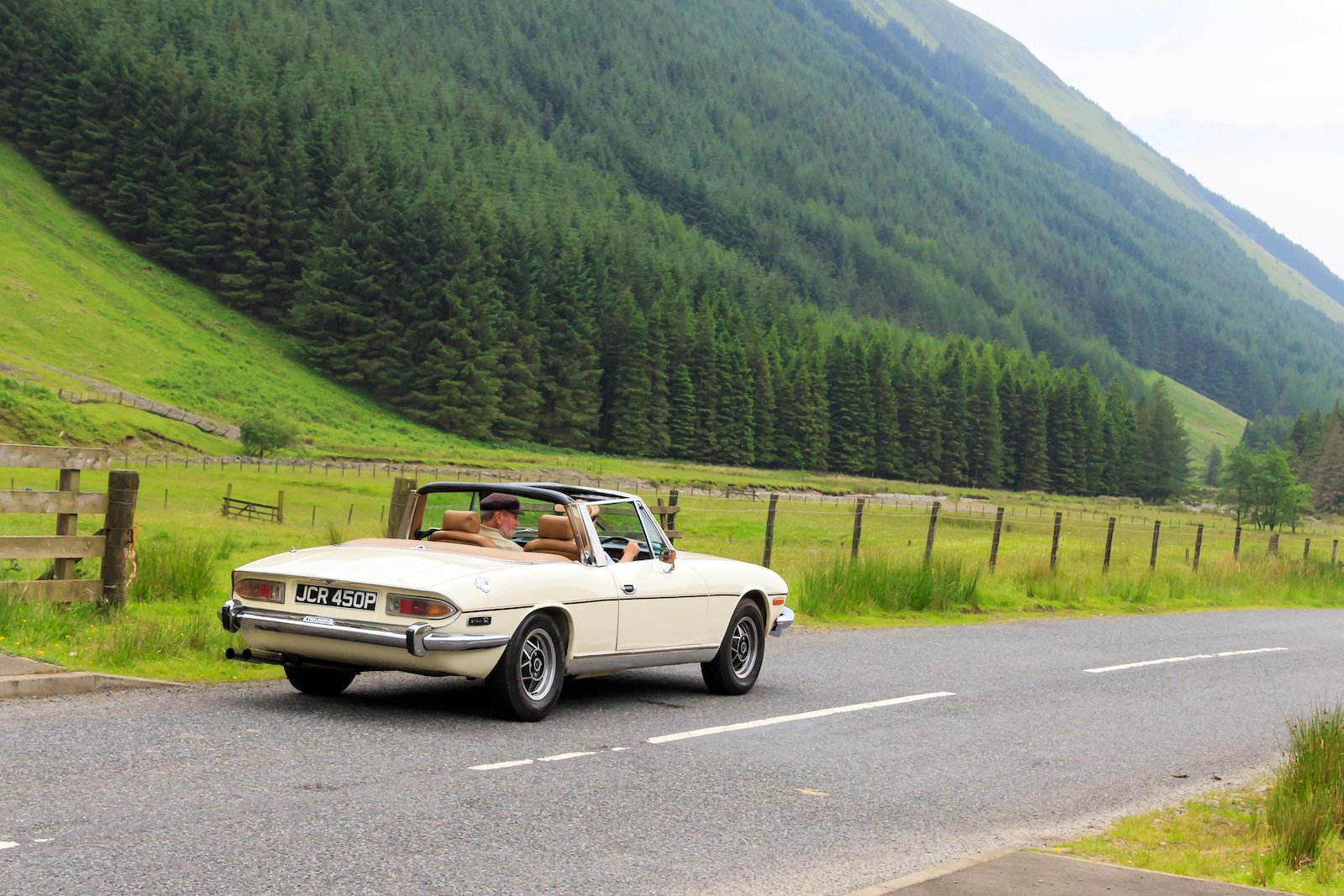
The Triumph Stag, produced from 1970 to 1978, is a very unreliable classic car. Although it became popular in car shows, its 3.0-liter V8 engine suffered from overheating due to a poor cooling system. The Stag’s engine used a timing chain susceptible to stretching and breaking, which caused severe engine damage if not addressed promptly.
Moreover, the Stag’s electrical system, typical of many British cars of the era, was unpredictable. The carburetors used in the Stag often needed frequent adjustments and tuning. Hence, the Triumph Stag is an unreliable vehicle despite its attractive design and potential as a classic sports tourer.
Cadillac Seville
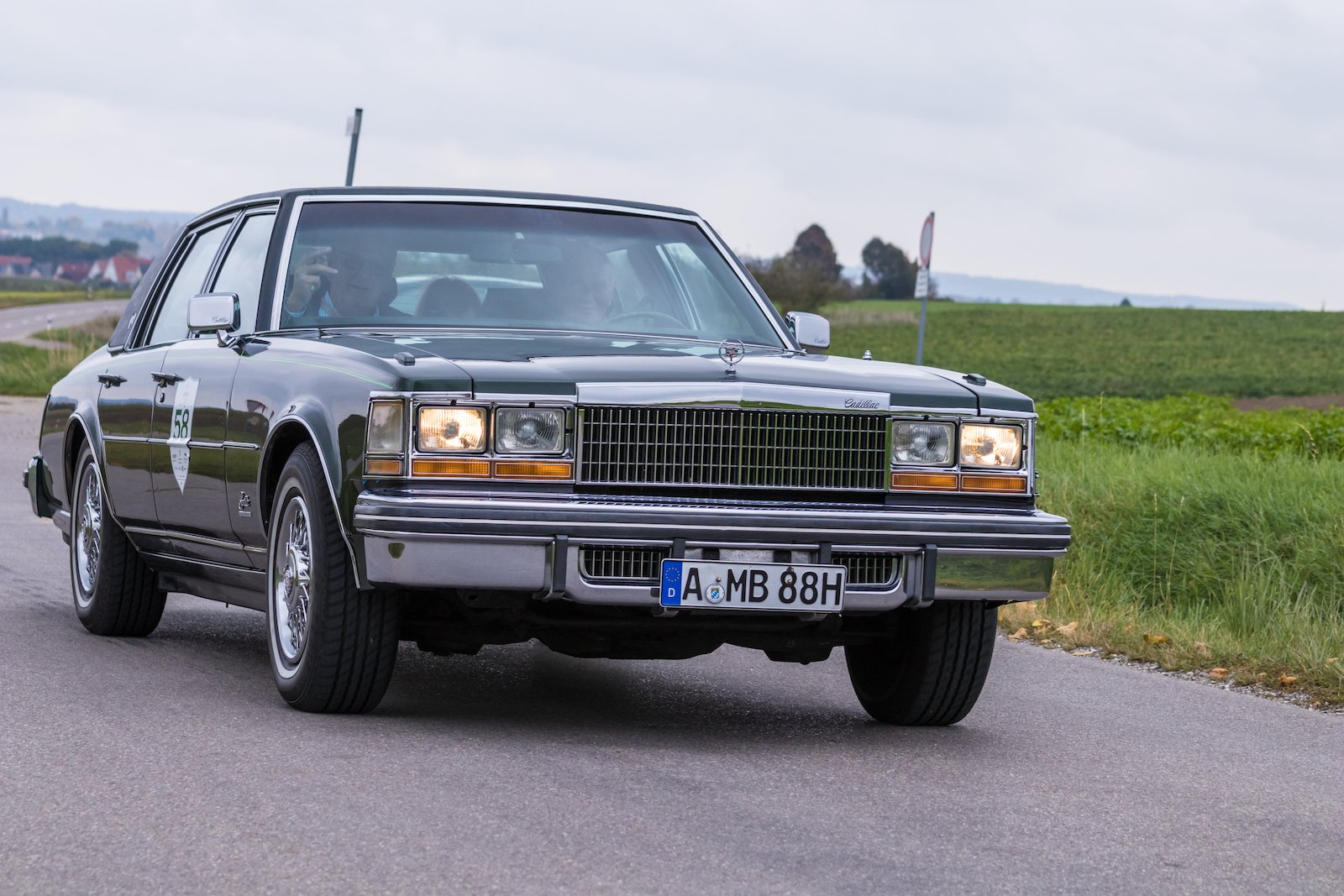
The Cadillac Seville, especially the models produced during the late 1970s to early 1980s, is marked by multiple flaws. Despite its luxury branding and advanced features, these cars struggled with performance and maintenance issues.
The diesel engine versions of the Seville, especially during the late 1970s, were often problematic. These engines were prone to head gasket failures, fuel system problems, and poor performance. Seville’s suspension components were also prone to wear and failure.
AMC Matador
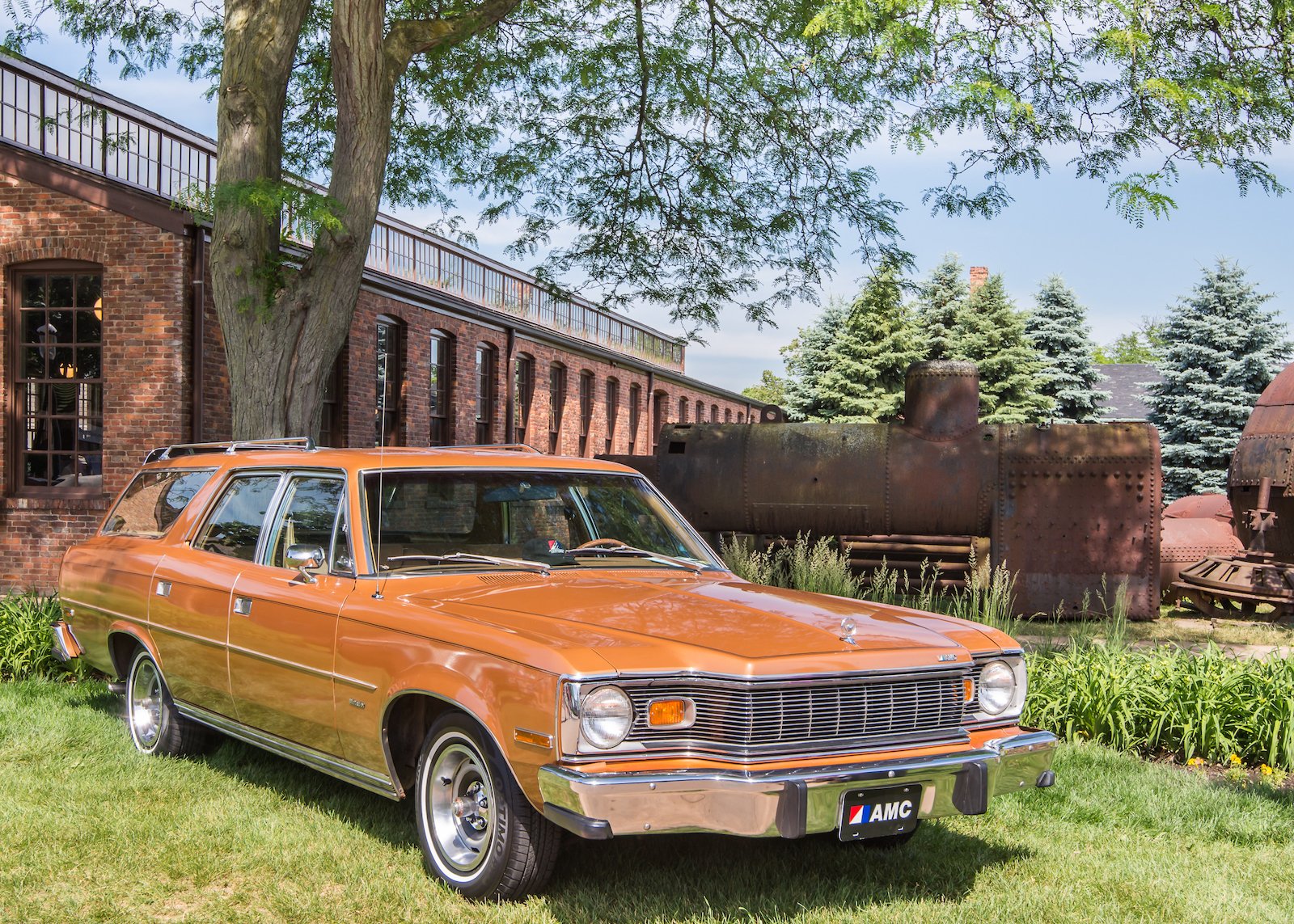
This classic American car with a unique design has several critical issues. Produced from 1971 to 1978, the Matador had an inconsistent build quality like many other AMC cars. This iconic cop car had problems with the wiring, ignition system, and lighting.
AMC Matador’s suspension system was comparatively weaker. These factors combined to create a vehicle that, while offering some unique styling and features, has a reputation for being highly unreliable.


